By: Manisha Sahu | America News World | October 24, 2025
In a major stride toward global financial inclusion, India’s homegrown digital payment system — the Unified Payments Interface (UPI) — has extended its reach to Qatar, making it the eighth country where Indian travellers can now pay seamlessly using their UPI apps. This development marks another milestone in India’s journey to globalize its digital payment infrastructure and make cross-border transactions easier, faster, and more transparent.

The National Payments Corporation of India (NPCI), through its international subsidiary NPCI International Payments Limited (NIPL), has partnered with Qatar National Bank (QNB) to enable QR code–based UPI payments across Qatar. This means Indian tourists and business travellers can now make instant payments at retail outlets, restaurants, hotels, and Duty Free shops simply by scanning a QR code with their UPI-enabled apps such as Google Pay, PhonePe, Paytm, or BHIM.
UPI: From Local Revolution to Global Expansion
Launched in 2016, the Unified Payments Interface has become the backbone of India’s cashless economy. It allows instant fund transfers between bank accounts through mobile devices, using QR codes or virtual payment addresses (VPAs). The simplicity, security, and interoperability of UPI have made it a model admired worldwide.
In India, UPI has transformed how people transact daily — from buying groceries and paying auto drivers to booking travel and shopping online. As of October 2025, India boasts over 491 million active UPI users and more than 300 million monthly transactions, showcasing its widespread acceptance.
The push to take UPI global started in 2021, when Bhutan became the first foreign nation to adopt India’s digital payment technology. Since then, the list has gradually expanded, demonstrating growing international confidence in India’s fintech innovation.
Qatar Joins the UPI Family
The latest addition, Qatar, represents an important milestone not only for UPI but also for India’s strategic fintech diplomacy. Qatar, home to a large Indian diaspora and a popular travel destination for Indians, has now integrated UPI payments across major tourist hubs and business centres.
The partnership between NIPL and Qatar National Bank (QNB) allows merchants acquired by QNB to accept UPI-based QR code payments. This is expected to benefit thousands of Indian tourists, expatriates, and business travellers who visit Qatar every year.
According to NPCI, the move will simplify financial transactions for Indians abroad, removing the need for foreign currency exchanges and enabling real-time, low-cost payments directly from Indian bank accounts.
“The inclusion of Qatar marks another major step in our mission to take India’s digital payment solutions global. We are excited to see UPI enabling seamless financial experiences for Indians wherever they travel,” said an NPCI International spokesperson.
The Eight Countries Where UPI Is Accepted
With Qatar’s inclusion, eight countries have officially adopted or enabled UPI payments through collaborations with NPCI or its partner institutions. Here’s the current list as of October 2025:
1. Bhutan – The first to adopt UPI in 2021 through a partnership with the Royal Monetary Authority.
2. Nepal – Implemented UPI with the help of Gateway Payment Service and Manam Infotech.
3. Singapore – Linked UPI with PayNow for cross-border transfers.
4. UAE (United Arab Emirates) – Enabled UPI payments at retail outlets and for remittances via partnerships with Mashreq Bank and LuLu Exchange.
5. Mauritius – Adopted UPI for tourism and diaspora remittances.
6. Sri Lanka – Integrated UPI for digital merchant payments and transfers.
7. France – Accepted UPI at select tourist destinations, including the Eiffel Tower.
8. Qatar – The newest entrant, with QR-based payments now available at major shopping centres and airports.
Each of these countries has adopted UPI differently — some through bilateral linkages with domestic payment networks, and others through merchant-level QR integrations. Together, they represent India’s growing influence in shaping global fintech standards.
Empowering Indian Travellers and Businesses
For Indian tourists, the expansion of UPI means a smoother and safer travel experience. Whether shopping at Doha’s Souq Waqif, dining in Singapore, or sightseeing in Paris, travellers can pay directly from their Indian bank accounts — without worrying about currency exchange rates or carrying foreign cash.
This convenience also extends to the Indian diaspora. Millions of Indians working abroad, especially in the Gulf region, can now benefit from faster, cheaper, and more transparent payment options. In the long run, it could also simplify cross-border remittances, an area where India leads globally, receiving over $100 billion annually.
On the business front, Indian fintech firms stand to gain by expanding their international footprint. The success of UPI abroad strengthens India’s soft power and opens the door for future collaborations in digital governance and financial technology.
A Vision Aligned with Digital India
UPI’s global success aligns with India’s broader “Digital India” vision — to create inclusive and interoperable digital infrastructure that benefits citizens and businesses worldwide. The government, the Reserve Bank of India (RBI), and NPCI have consistently pushed for UPI’s international adoption, framing it as a tool of economic diplomacy.
India’s G20 Presidency in 2023 highlighted the role of digital public infrastructure in driving financial inclusion globally. Several developing nations have since expressed interest in adopting or adapting India’s UPI model.
“India’s UPI is not just a payment system; it’s a symbol of innovation and trust. Its success overseas reflects India’s growing leadership in the global digital economy,” said fintech analyst Ritu Mehra of Global Insights.
With Qatar’s integration, experts predict that UPI will soon expand to more destinations across Europe, Asia, and the Middle East. Talks are already underway with countries such as Oman, Canada, and the United States to explore cross-border interoperability.
The future could see a world where UPI becomes a global payment language — as universal and seamless as scanning a QR code.
As more nations open their doors to UPI, the world inches closer to realizing a truly borderless digital payment ecosystem — one led by India’s technological prowess and commitment to financial inclusion.
For now, Indian travellers heading to Qatar can celebrate this new convenience — one more tap, one more scan, and one more step toward a globally connected digital India.
Discover more from AMERICA NEWS WORLD
Subscribe to get the latest posts sent to your email.
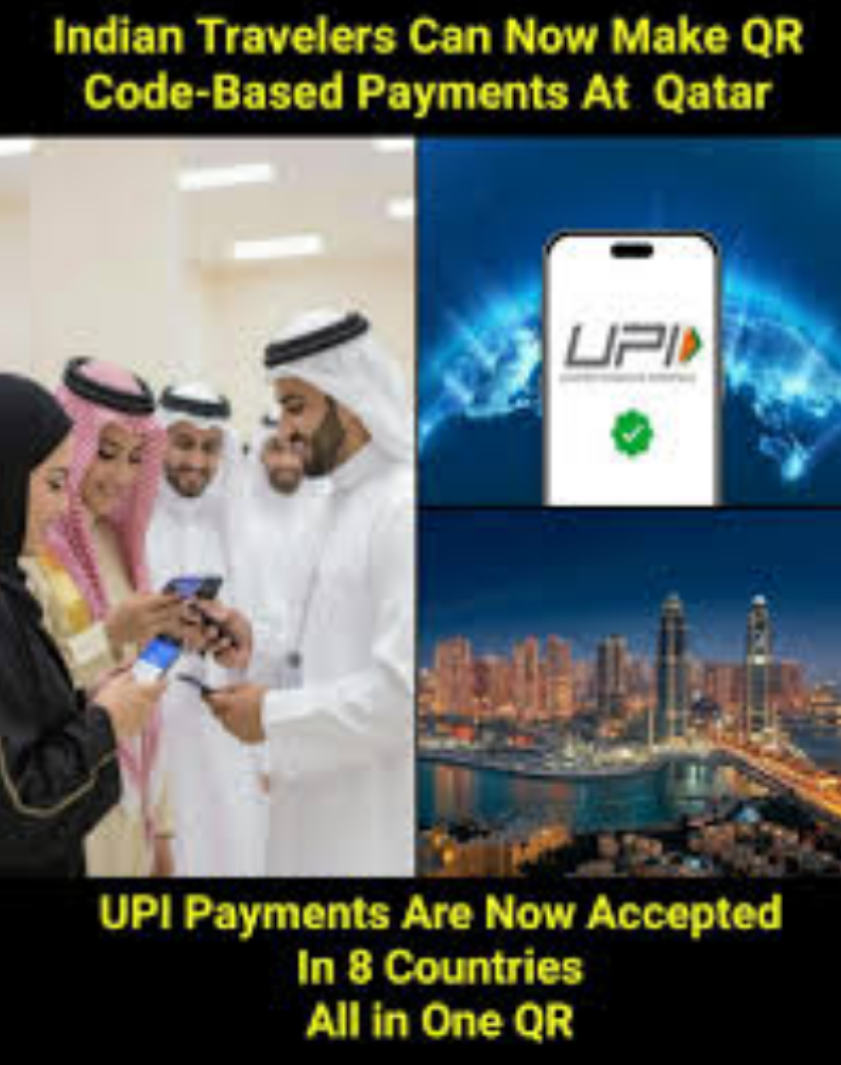



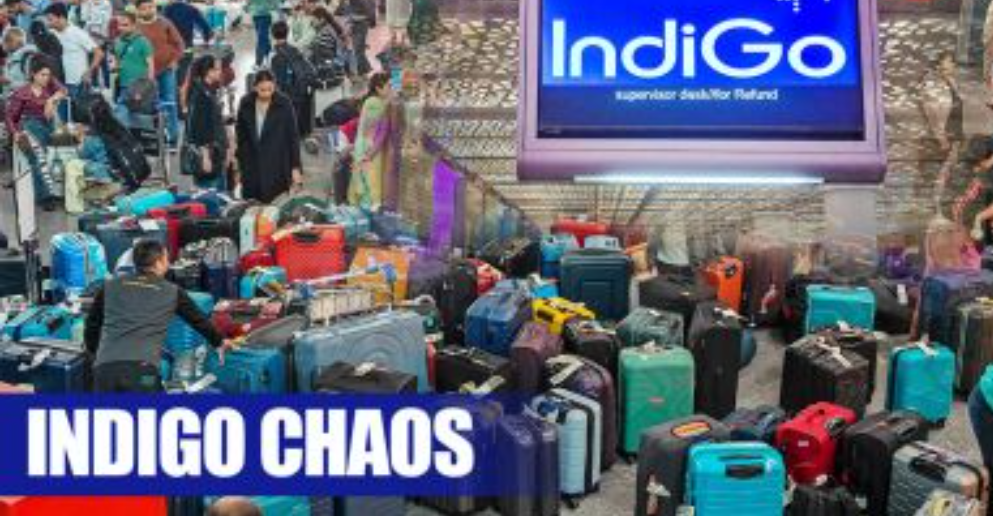






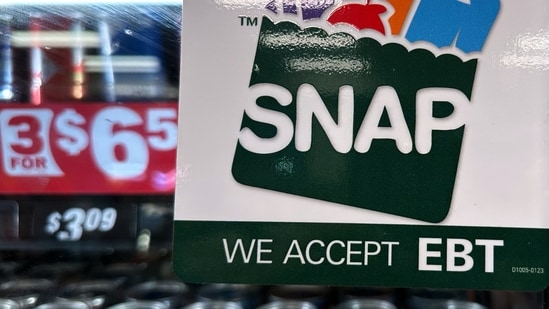
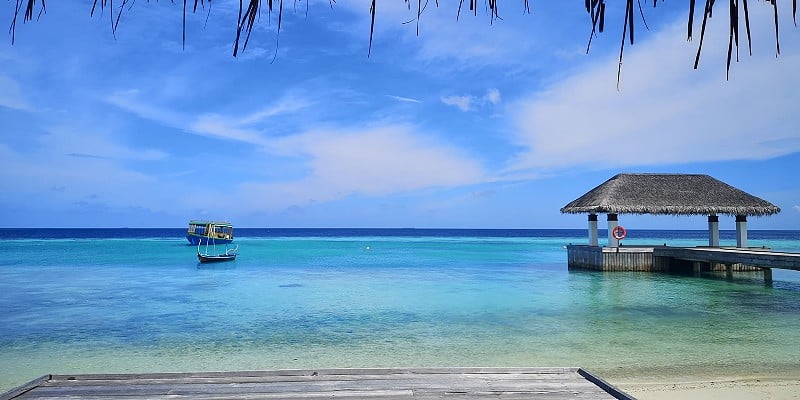
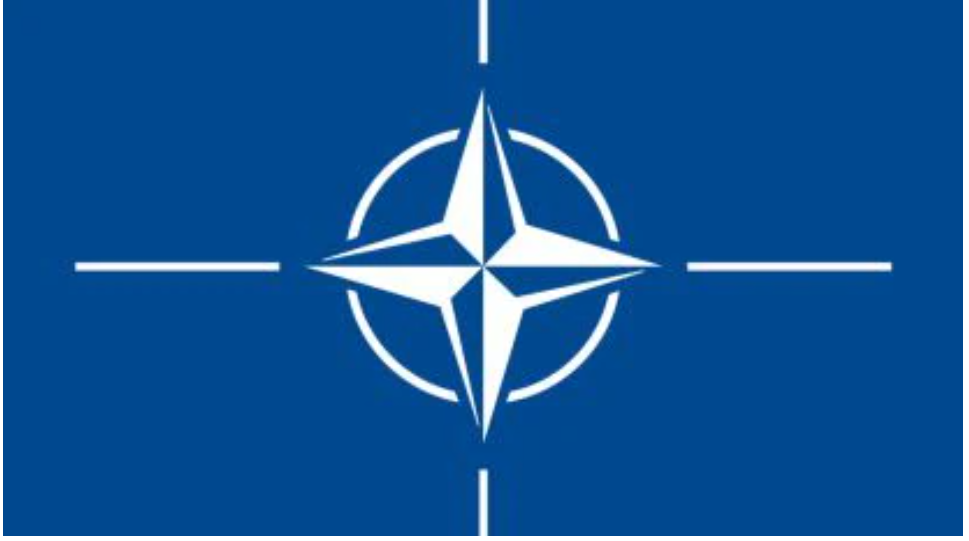





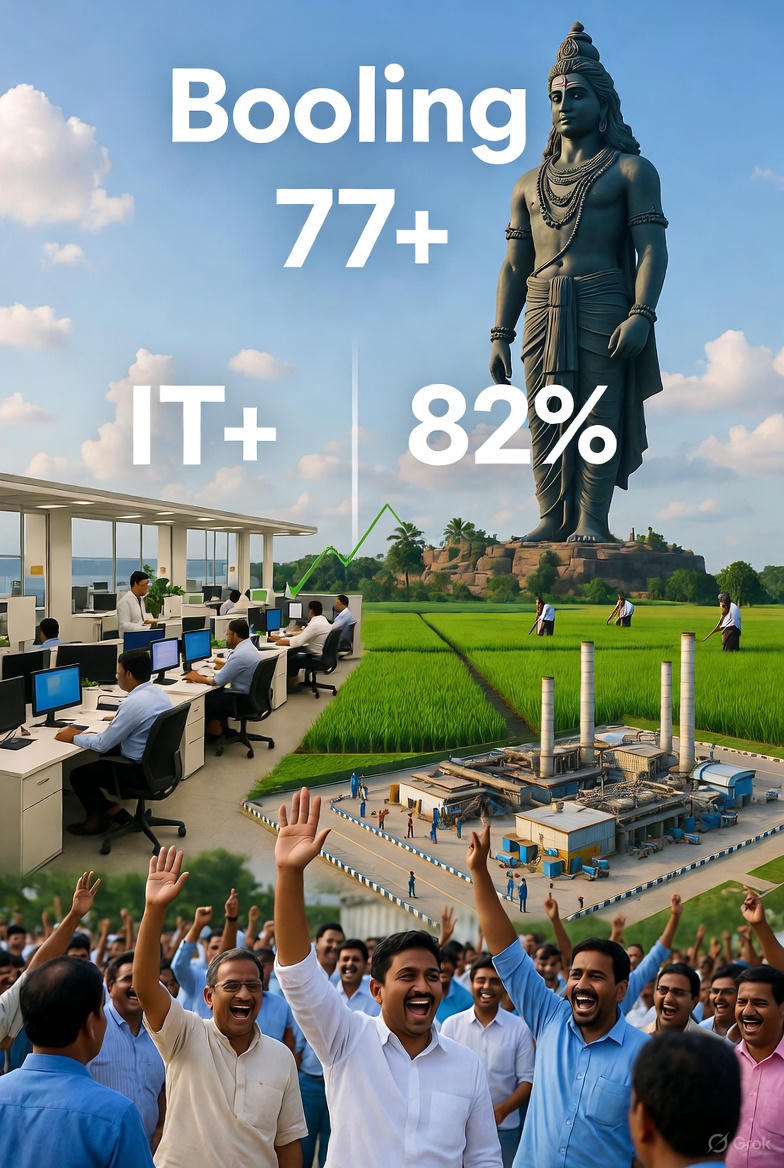






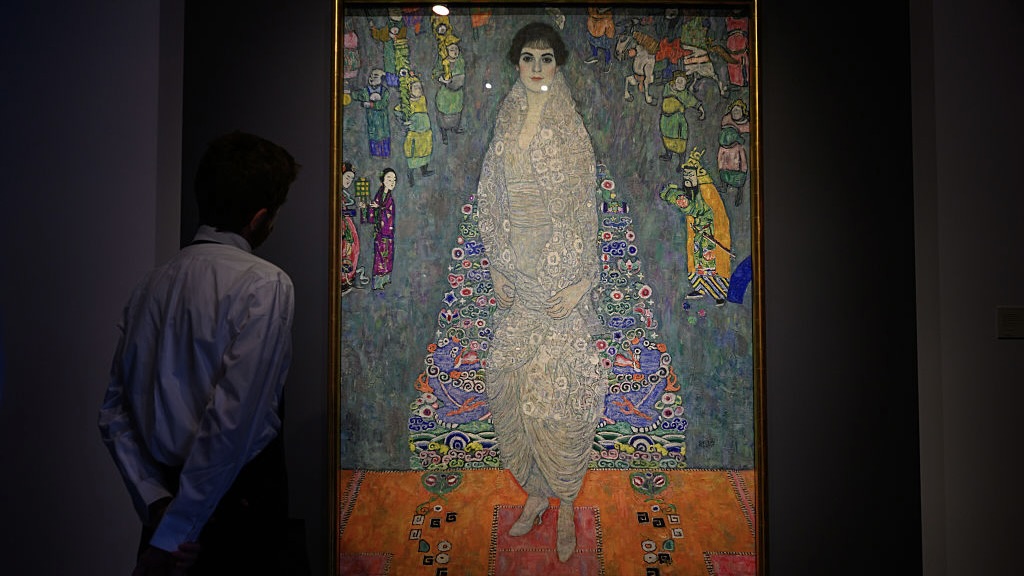










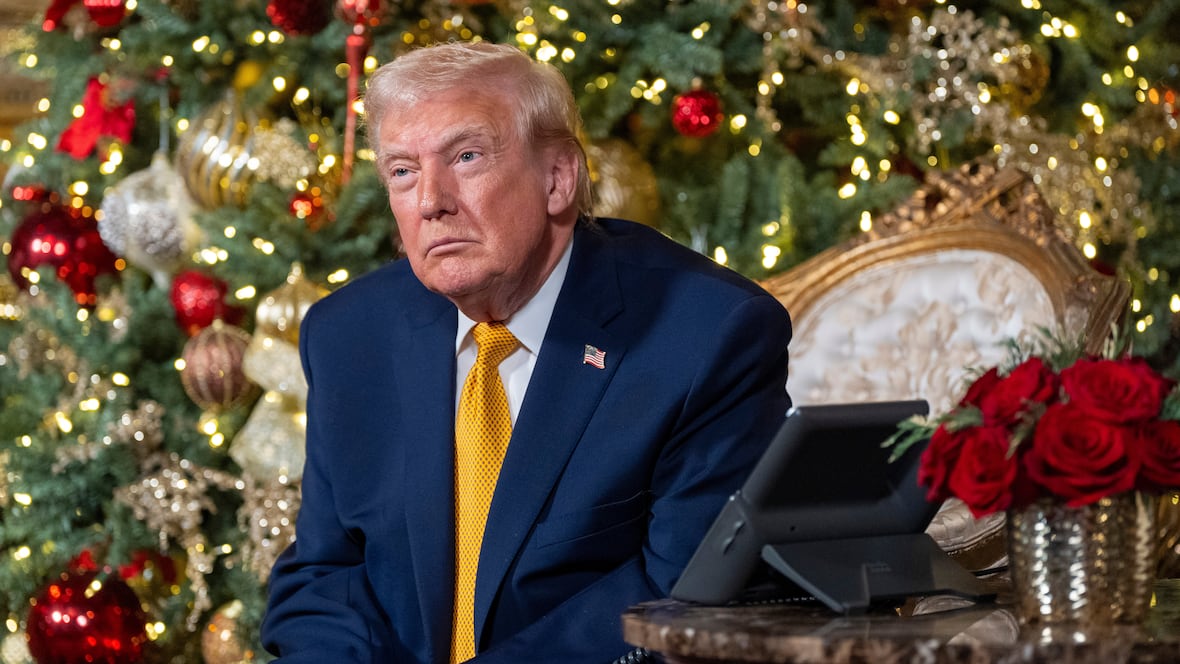



Leave a Reply